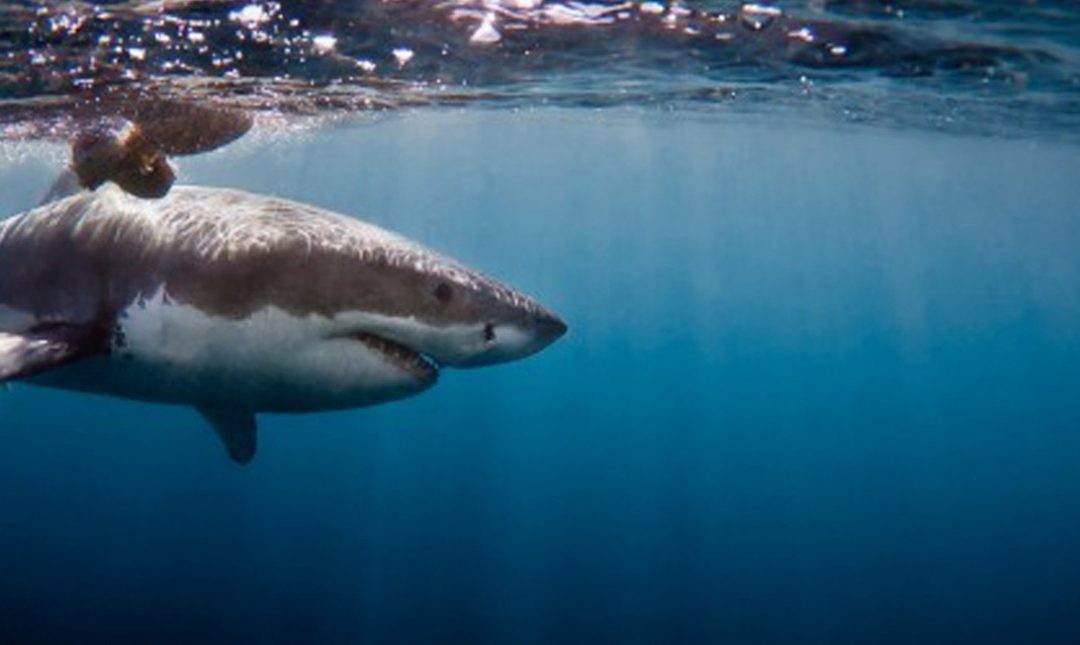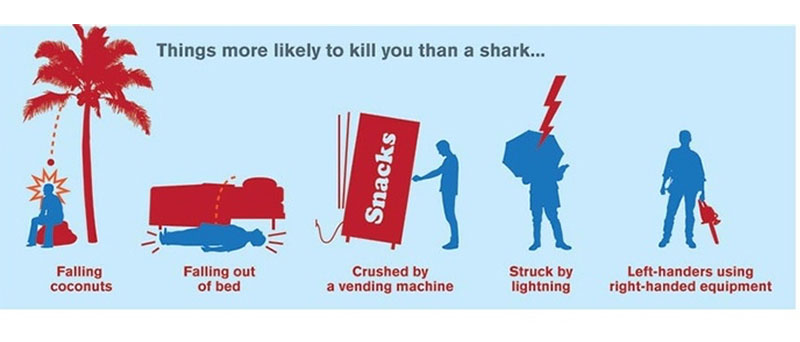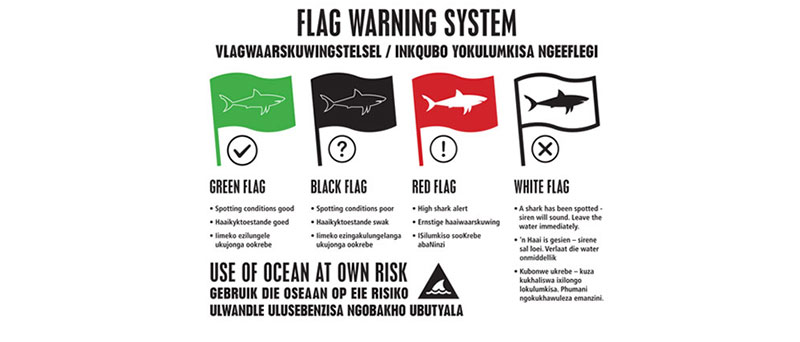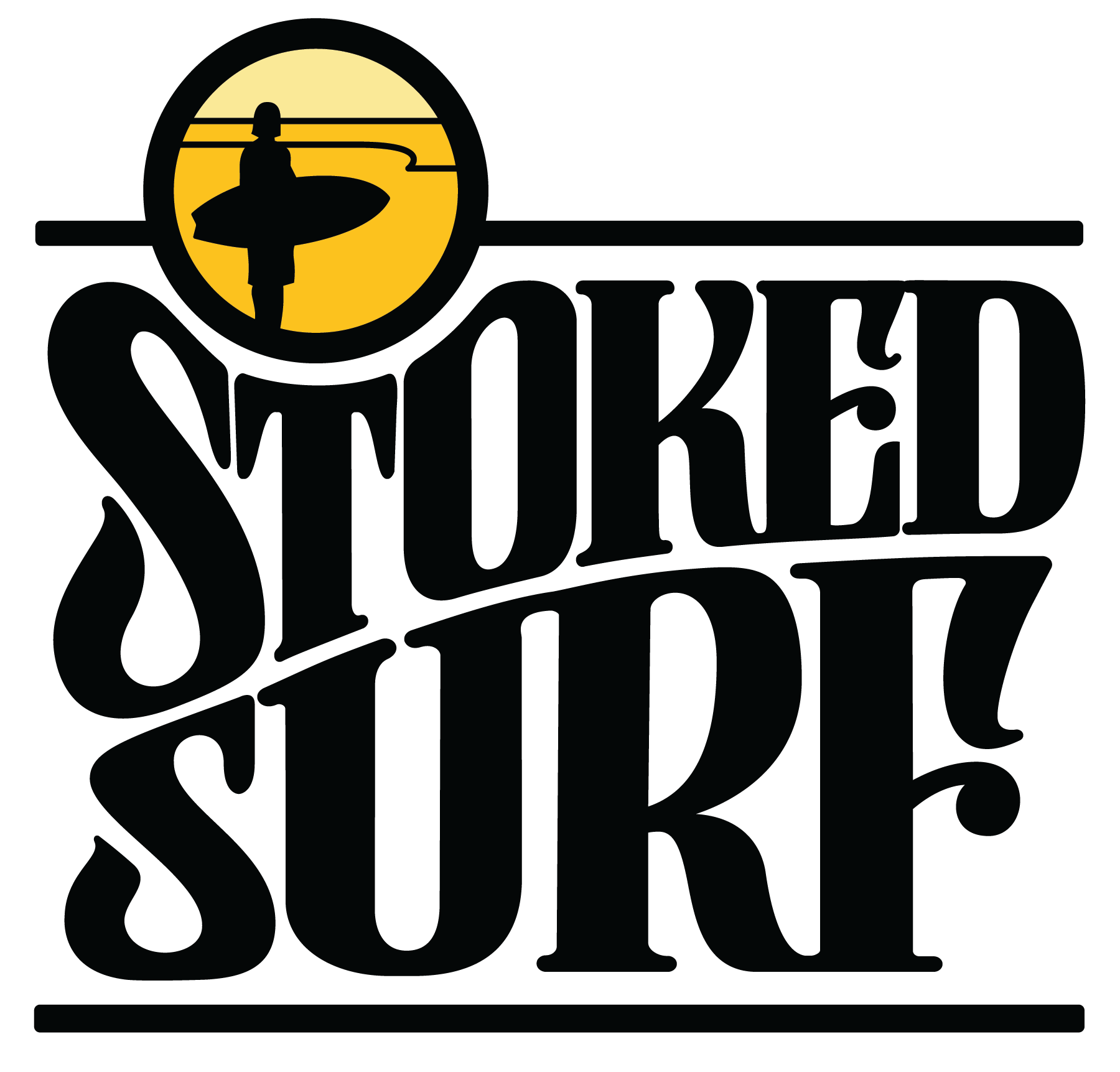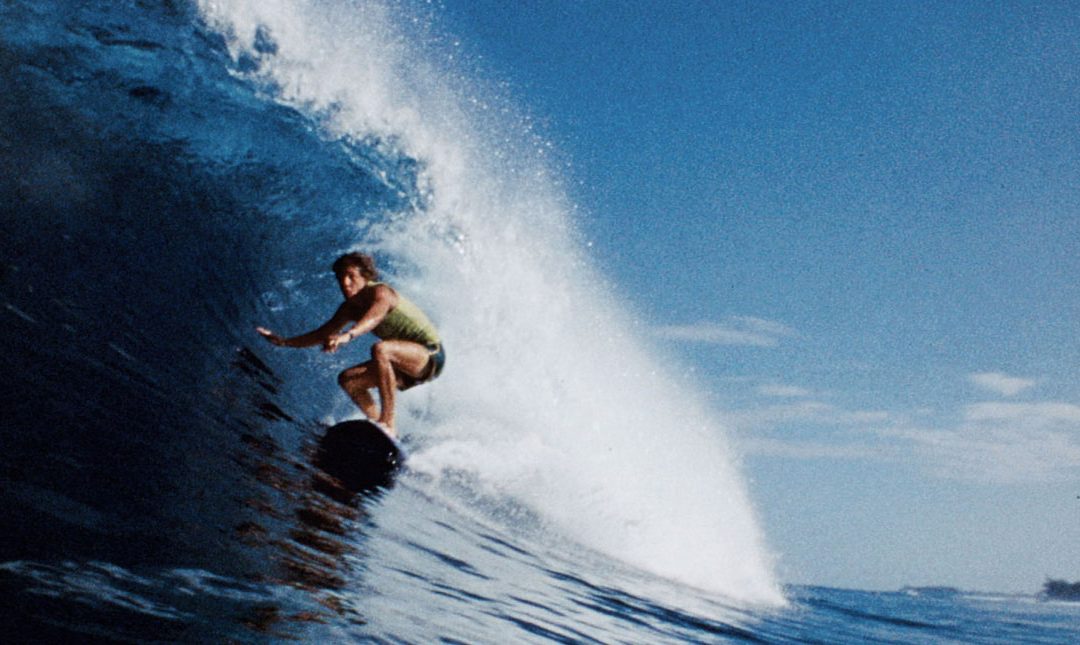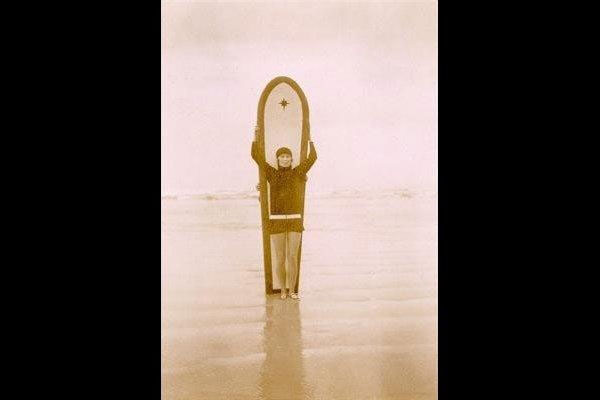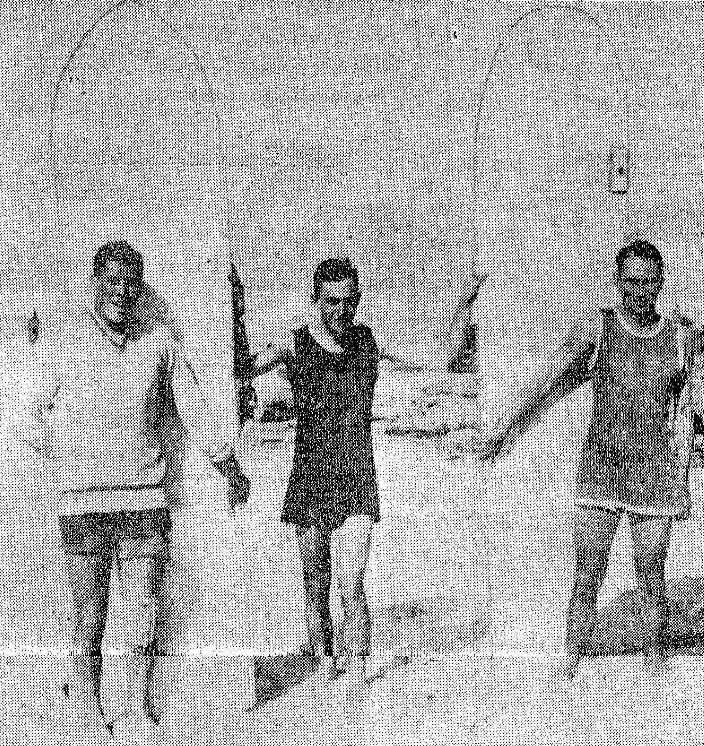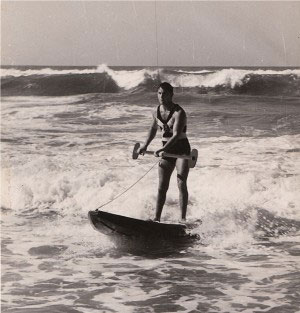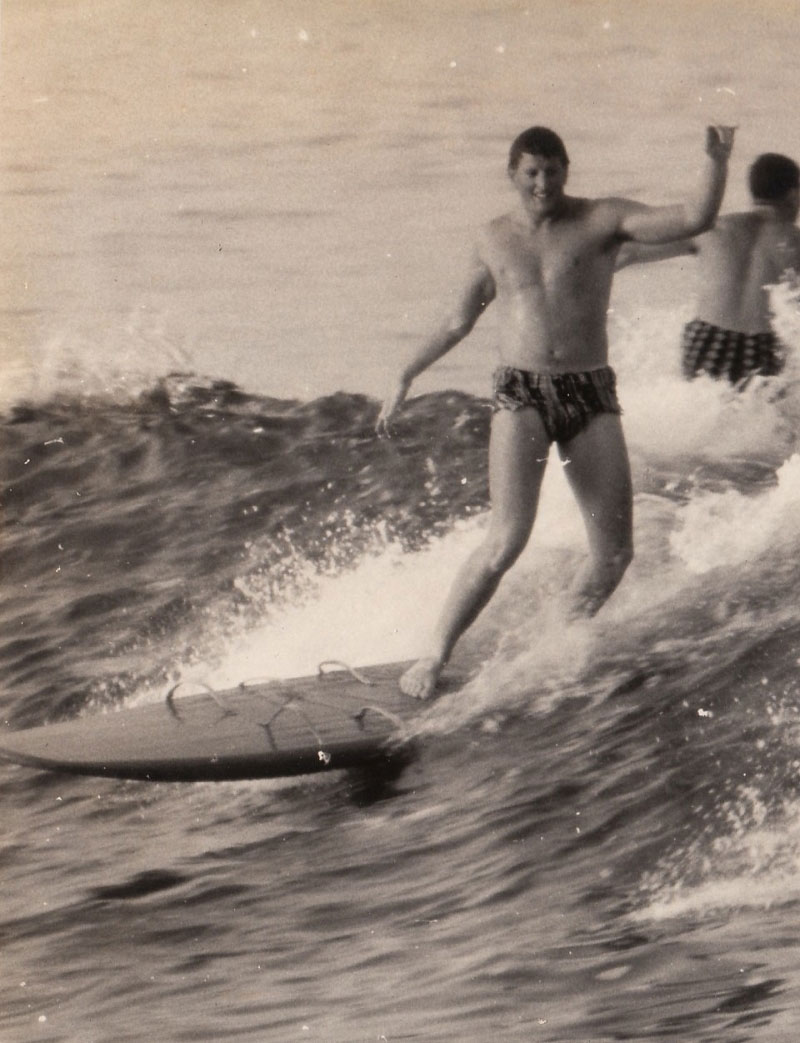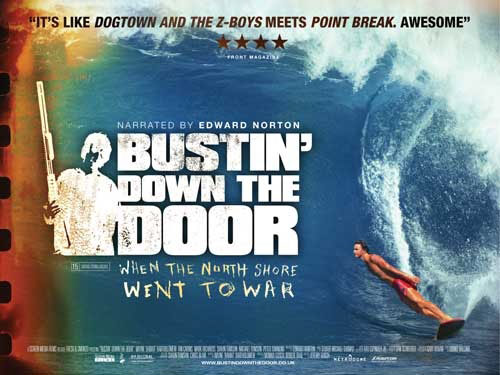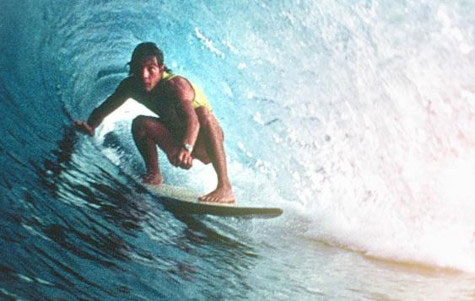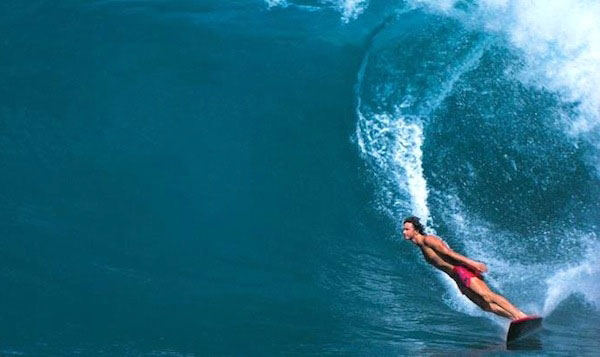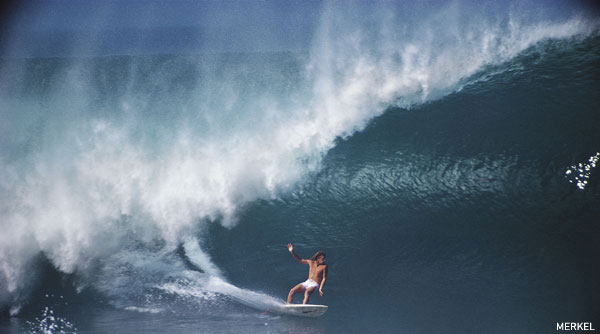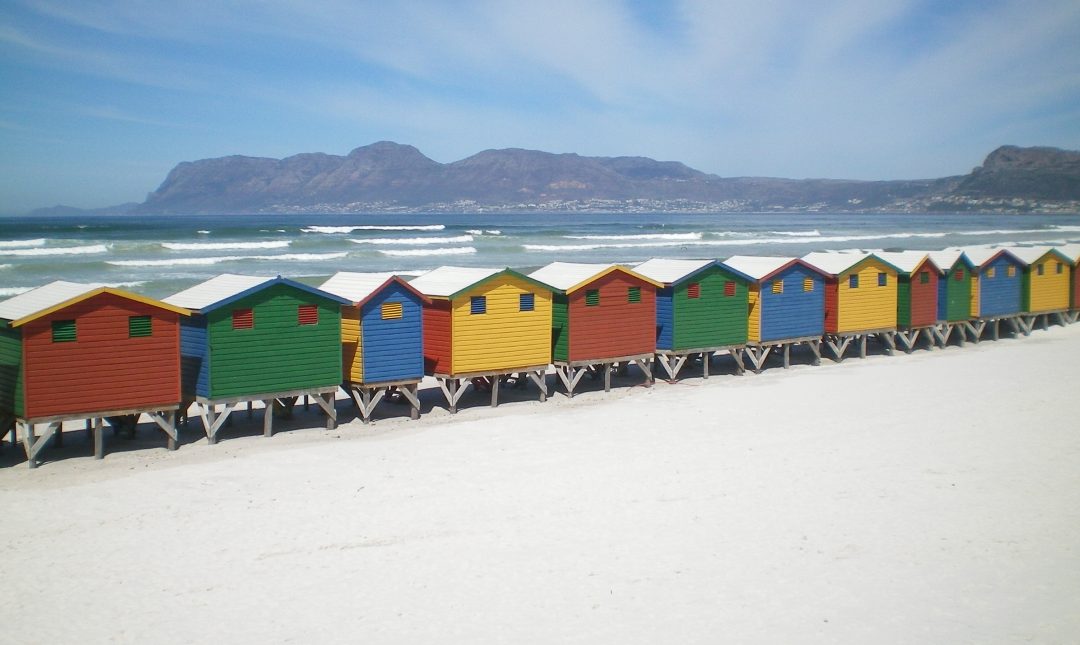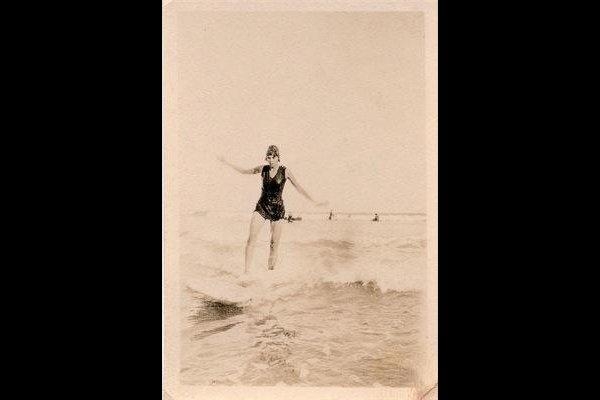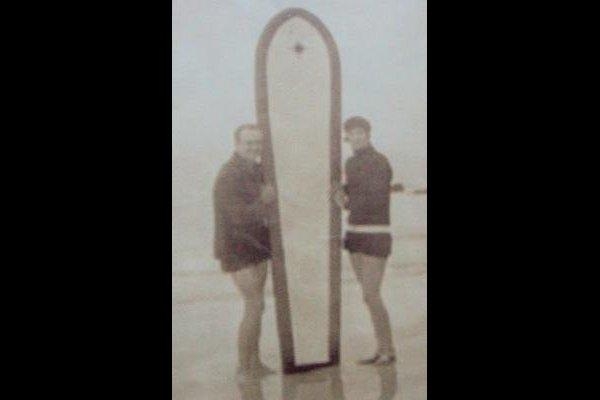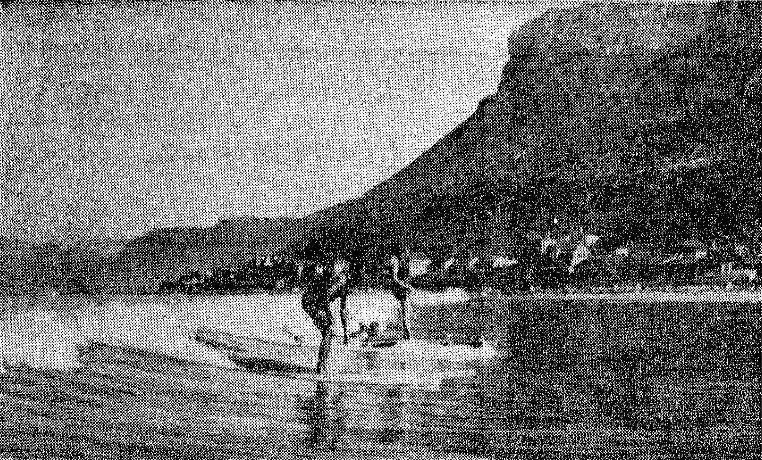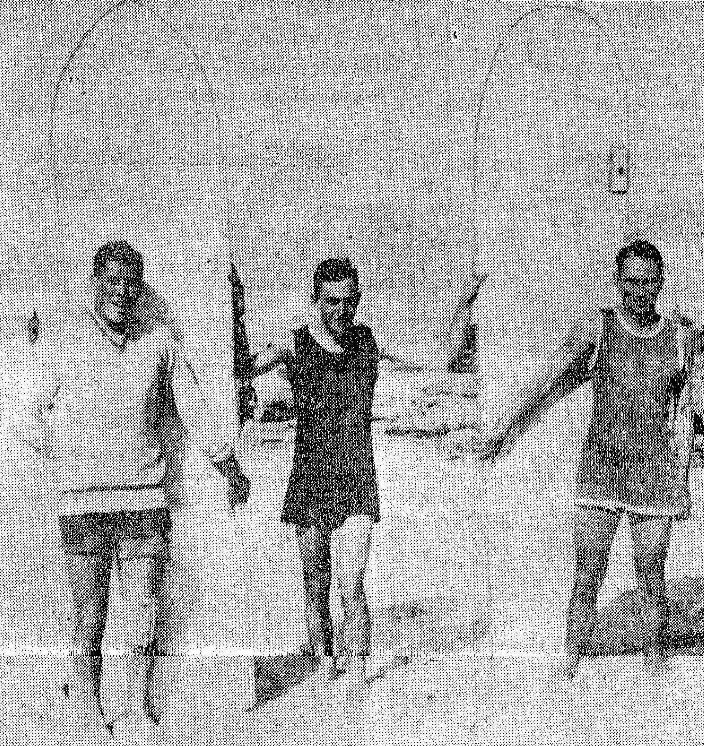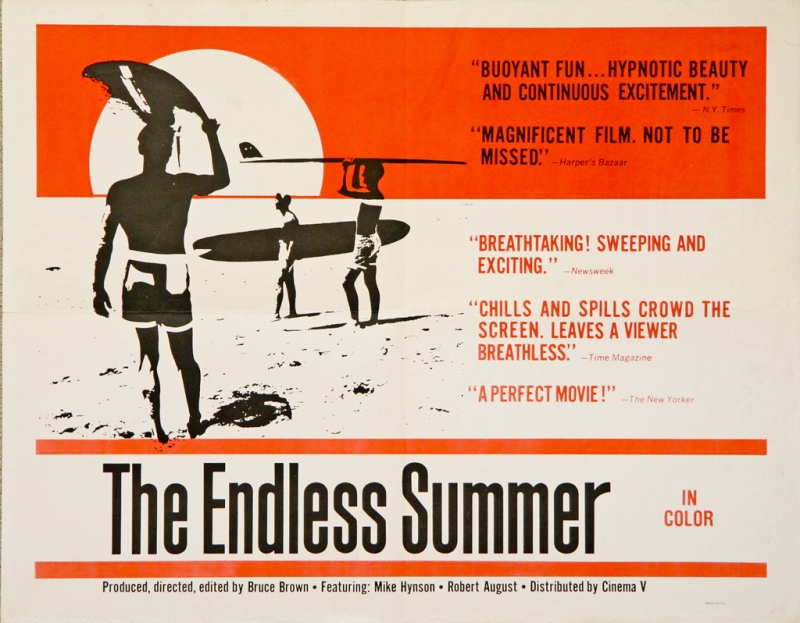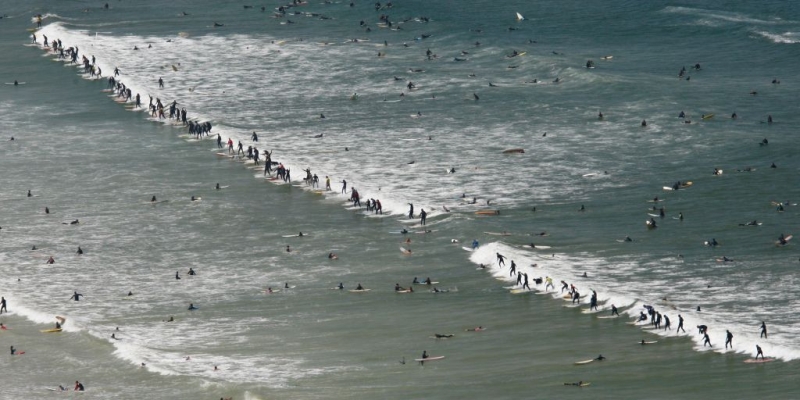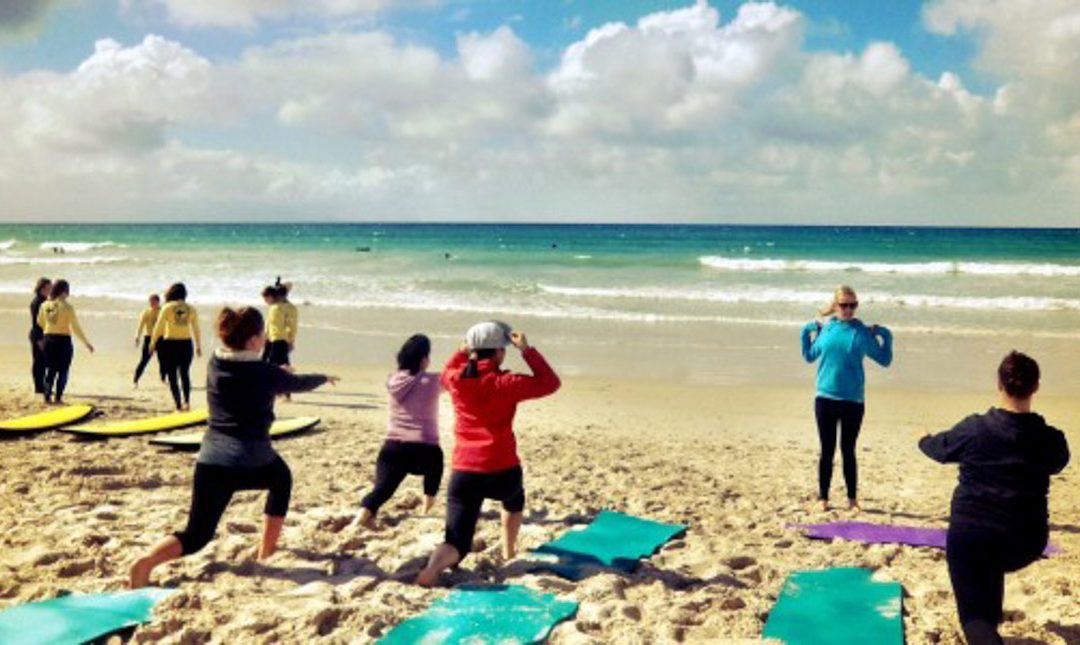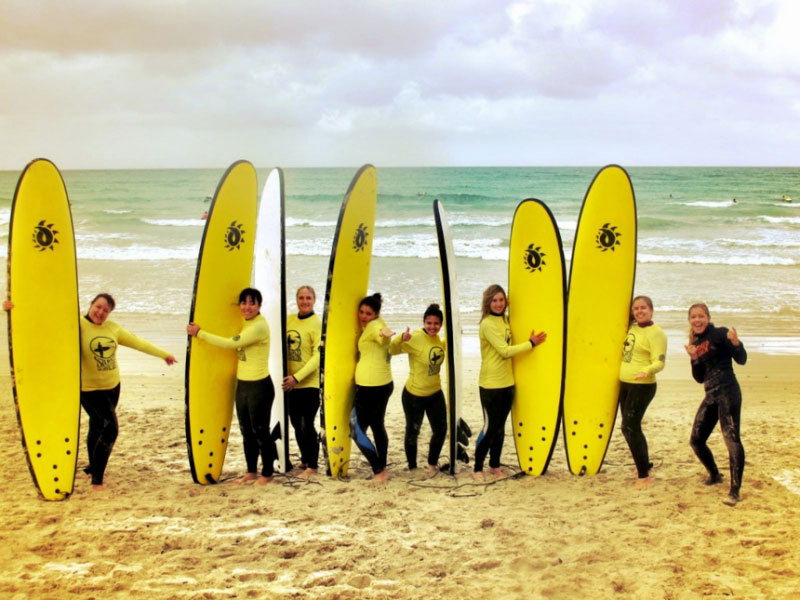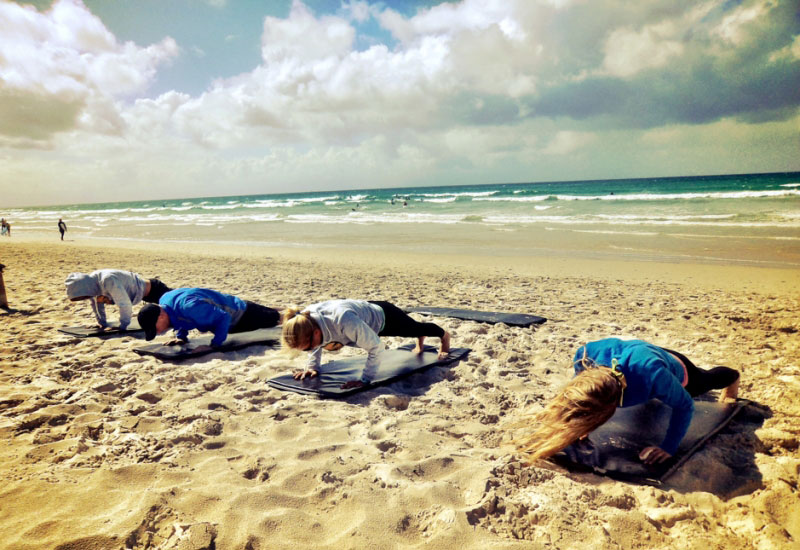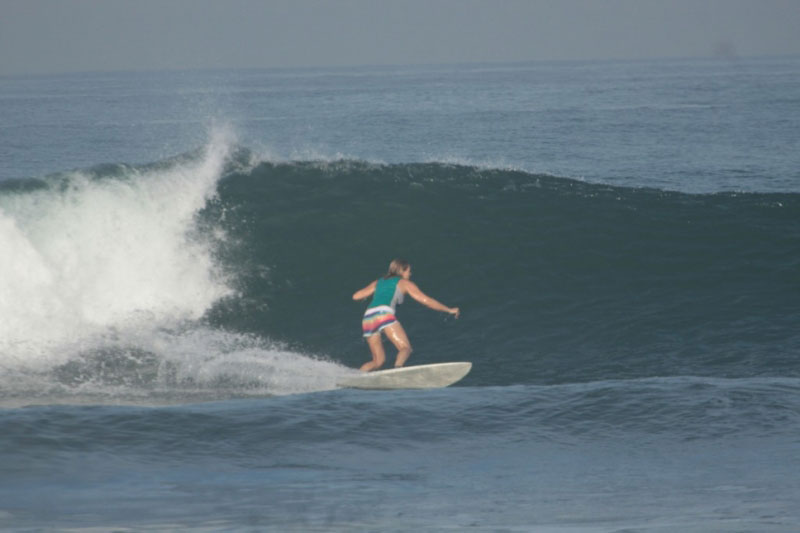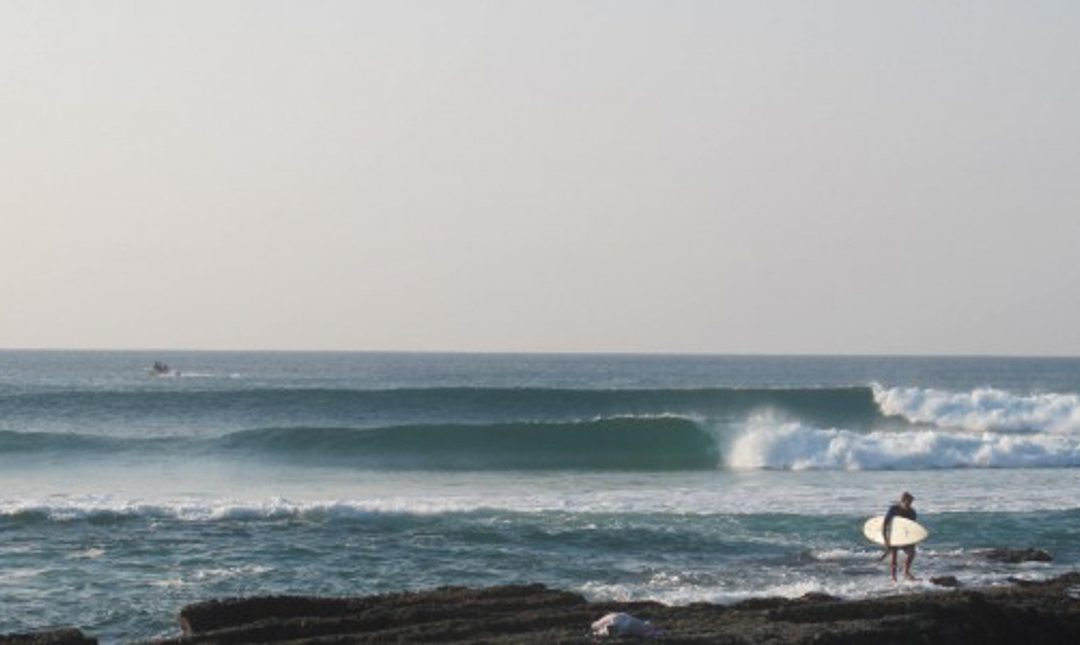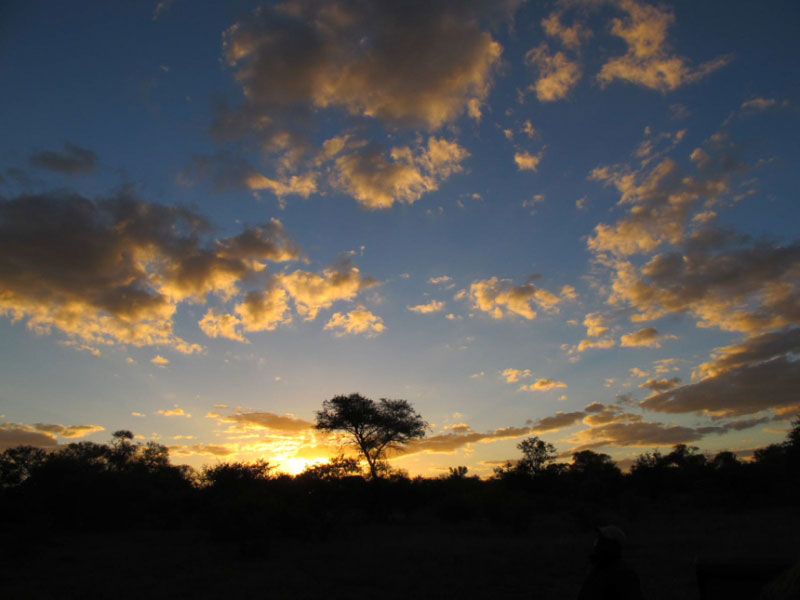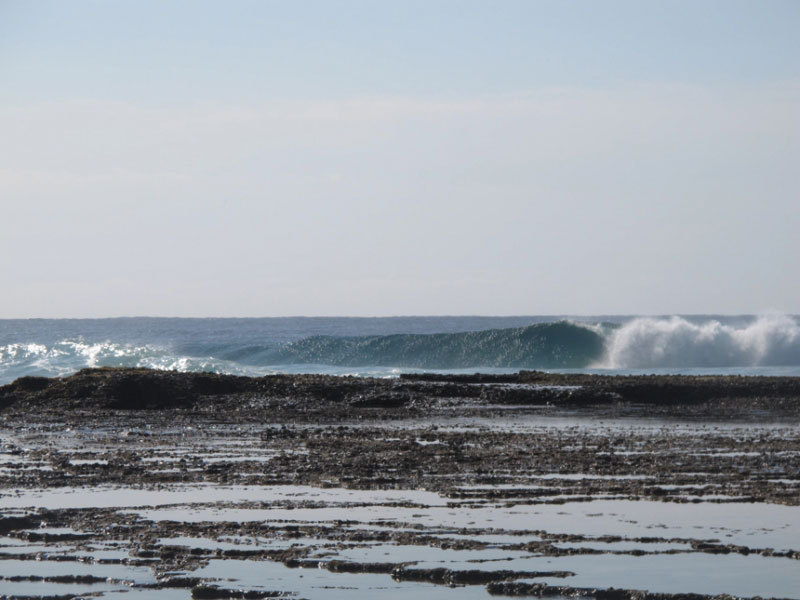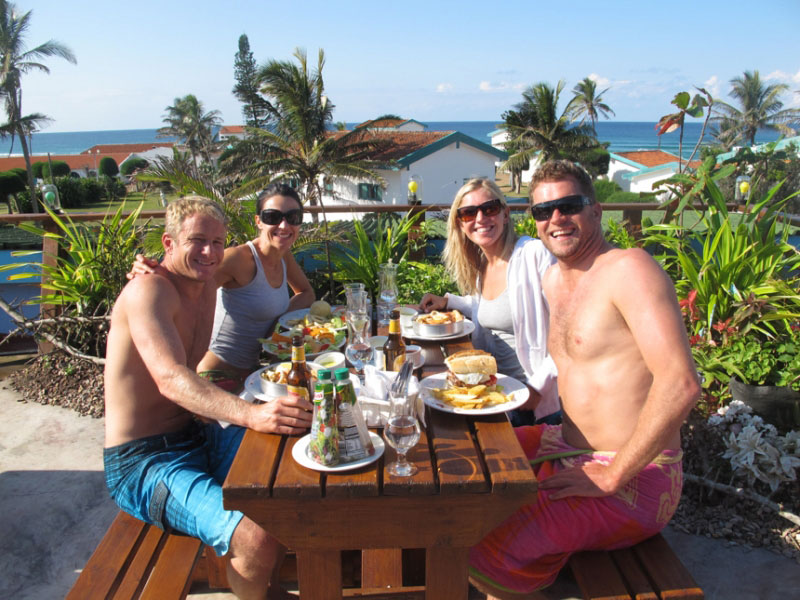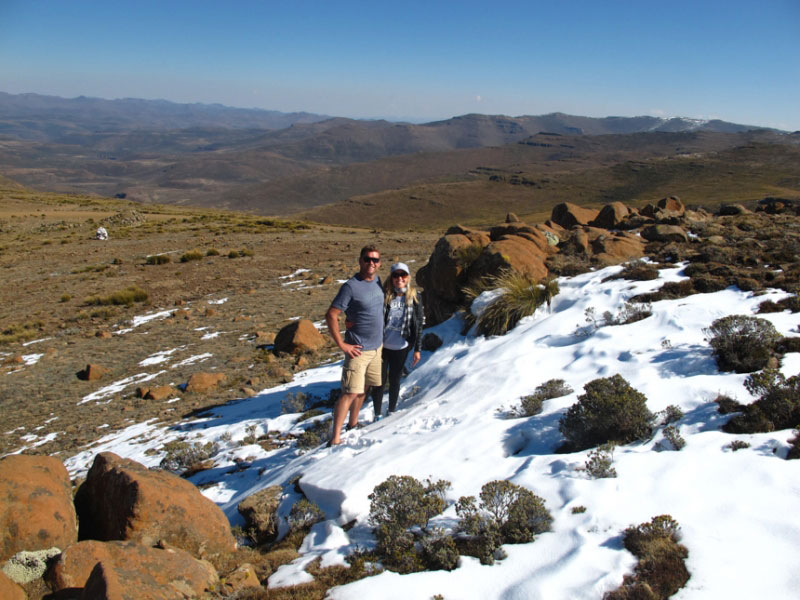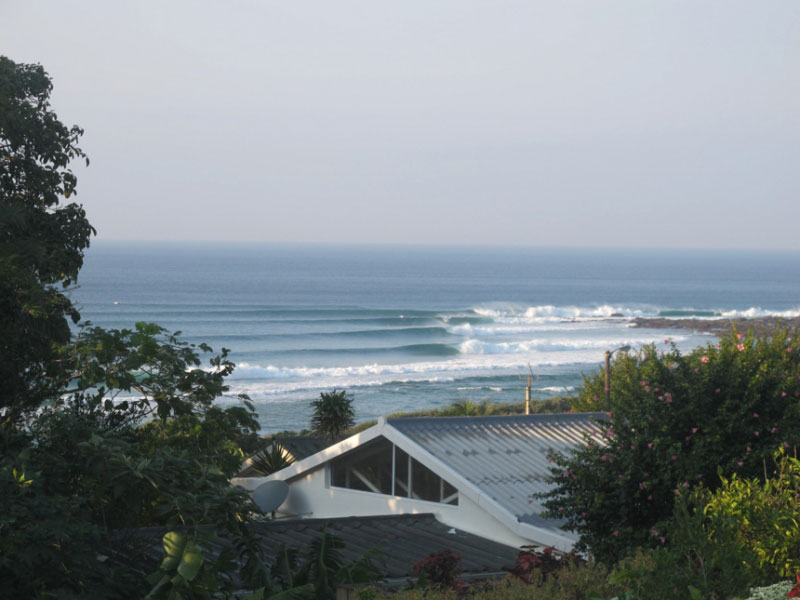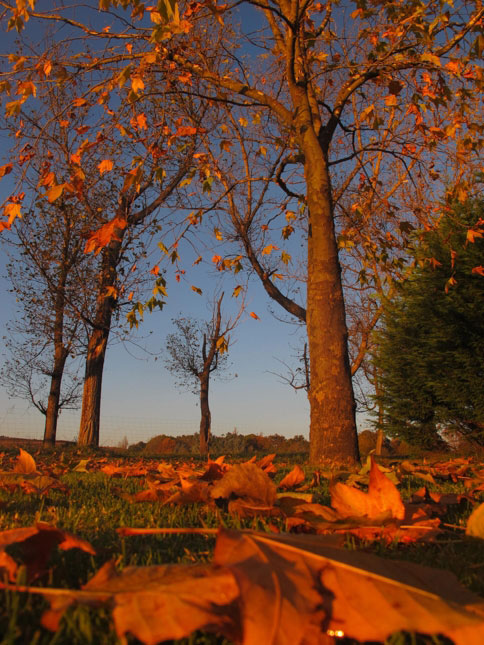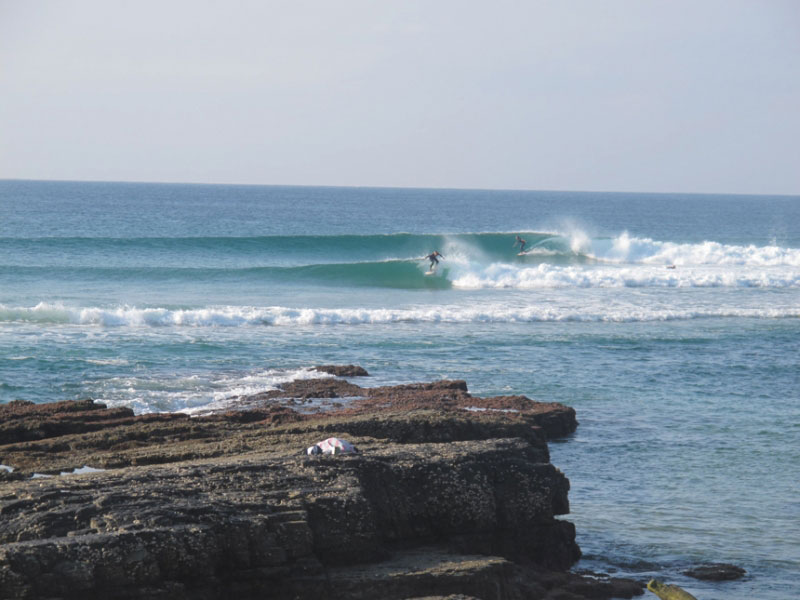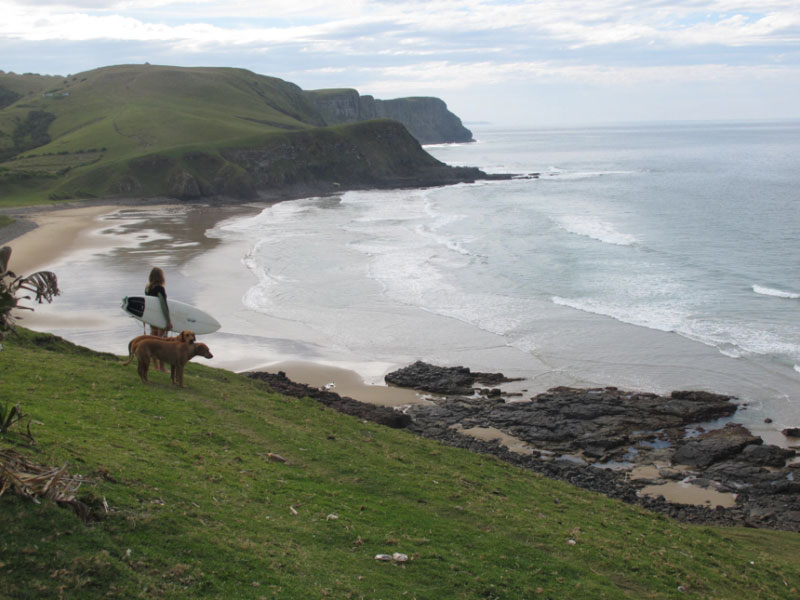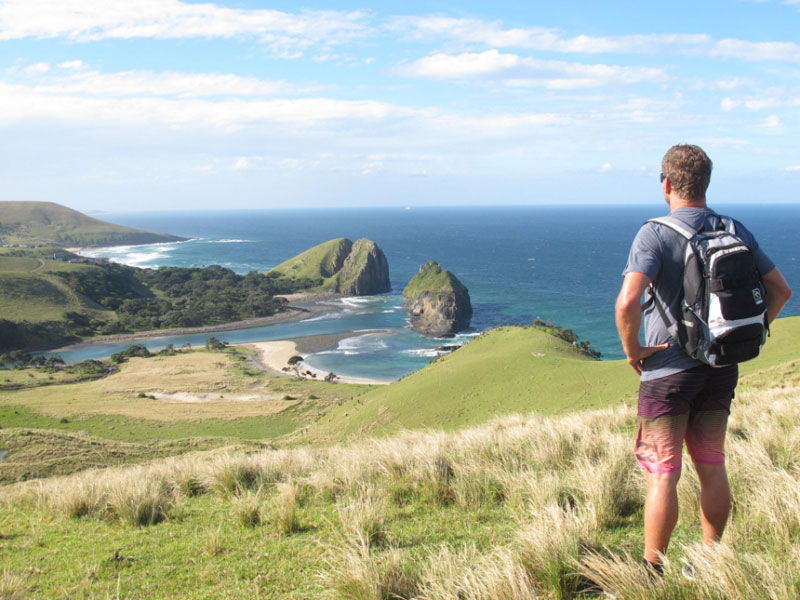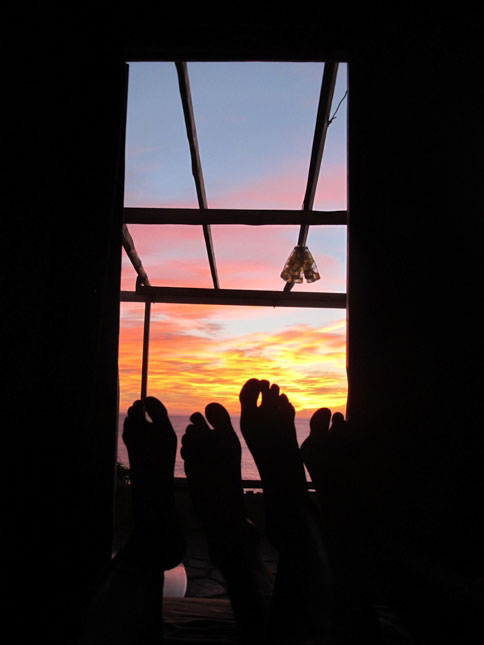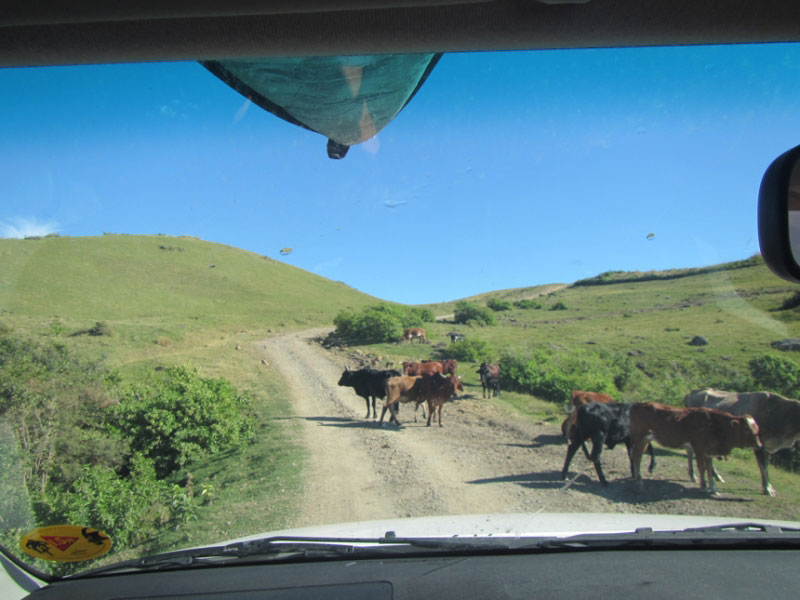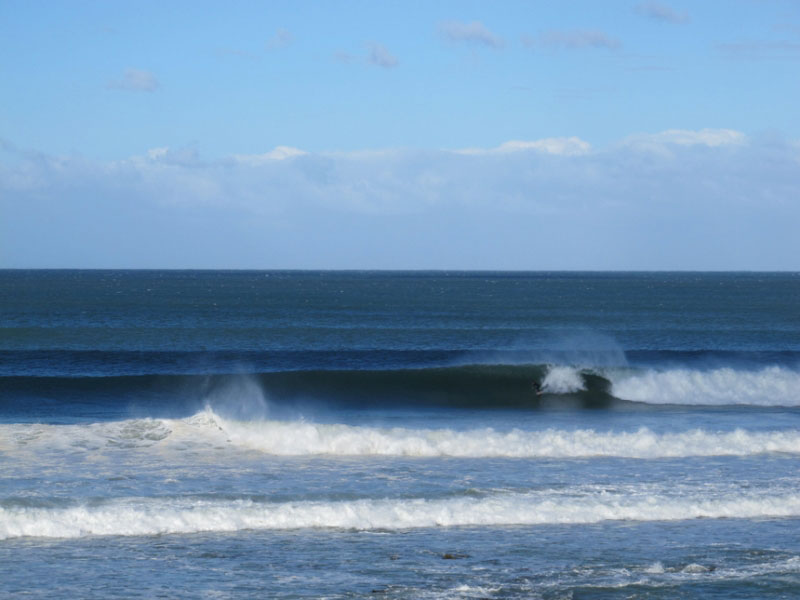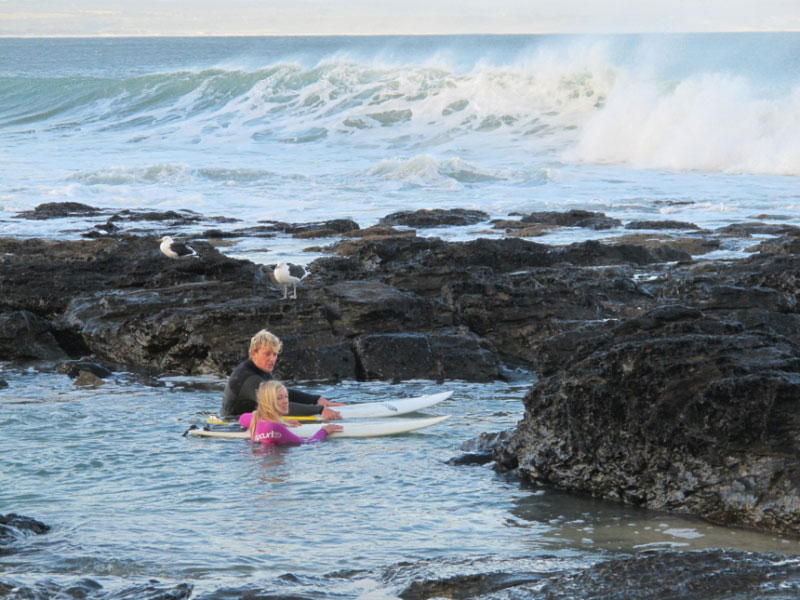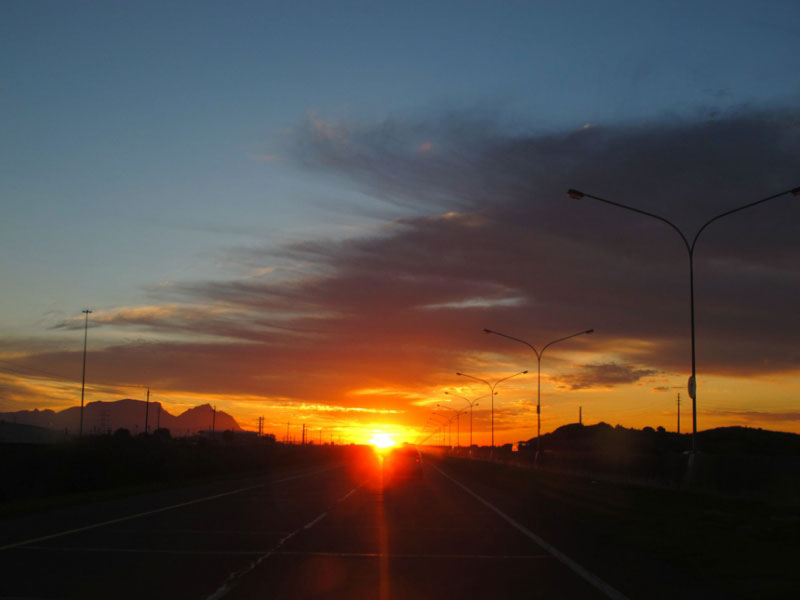Welcome to Surfer Slang 101
I am sure a lot of you have seen that video of the surfer, tyring to explain his wave in what seems to be; a bunch of incoherent sounds.
Well now, you too can learn just what he was ‘talking’ about!
Let us start off with the simple ones, so we can ease you into this wonderful world of misconception:
A
Aerial/ Air
1. A trick where the board takes off from the lip of a wave and after shoring through the air, lands back on the face of the wave and continues to ride.
2. Term for Aerial or description of the size of the aerial.
E.g.”I got some serious air on that last wave”.
A-frame
A A-shaped wave, with nice left and right shoulders, and the highest point in the middle of the peak.
Axe/axed
A heavy wipeout, usually involving the wave’s lip impacting directly onto a surfer. Also called drilled, pummeled, etc.
B
Backside/backhand
Refers to the position in which you are facing the wave. Surfing backside means that your body is facing away from the wave face towards the beach.
Back paddle
Paddling in front and around someone to take the closest spot to the wave peak or takeoff spot, when they think that spot is theirs.
Bail, bail out
To abandon one’s surfboard before getting wiped out by the wave, either paddling out, or while riding the wave.
Barrel/Tube
When the wave is curling over its peak causing a breaking wave between the lip and face. A surfer may be completely hidden from view during a barrel ride, especially from shore.
Beach break
Waves breaking on a sand bottom beach.
Blown out
Surf condition in which either onshore (most prominent) or offshore winds have eliminated the ridable sections of waves, reducing them to chop or mush.
Body surfing
Surfing a wave using only the body or minimal equipment such as flippers or a hand surfing device.
Bomb
Bomb means a very large wave, well beyond the session’s normal wave size.
Boogie board
A short, soft foam board used for bodyboarding. Also known as a body board.
Boost
To take off from a wave into an aerial, to jump from the lip of a wave.
Bottom
1 The lowest section of the face of an unbroken wave.
2 The lower surface of a surfboard.
Bottom turn
A turn at the bottom of the wave face.
C
Caught inside
When a surfer is on the “inside” and trapped between the shoreline and breaking waves. Oncoming waves can make paddling back outside difficult, hence being “caught” in an undesirable position. This usually means the surfer will have to wait for a delay between the larger breaking waves for a chance to slip into clear water. Also know as no man’s land, white zone or crash zone.
Channel
1 Design feature of a surfboard to guide water along its underside.
2 A trench between sand banks or reefs. Often associated with a strong current.
Choppy
Surf condition in which the waves are inconsistent, broken, or generally irregular (see, Blown Out).
Clean
Smooth waves, usually good surfing conditions.
Clean-up set
A much larger wave or a set of waves, which breaks further outside than normal. A clean-up set usually “cleans” the line-up of surfers caught further inside.
Close out
An undesirable situation in which a wave does not break uniformly along its length. Instead one or more sections of the wave break ahead of the section the surfer is riding.
Cutback
A classic surfing move used to change direction when streaking ahead of the curl of a wave with a powerful turn back towards the breaking part of the wave (white water). Cutbacks are an important element in surfing as the maneuver repositions the surfer closer to the power of the wave.
D
Deck
The upper surface of a surfboard.
Ding
Damage, usually a hole or dent, to the surfboard.
Double overhead
A wave twice as tall as its rider.
Double-Up
A type of wave that is really more like two because the more obvious, larger wave, has another wave developing from its wave face. Also known as a “Humpback.”
Down-the-line
A reference to the direction further along the crest of a wave from the location from where a surfer drops into the wave. The direction toward which the surfer is riding. Waves can also be described as “down-the-line” when the wall is long and fast.
Drop in
Taking off on a wave that is already being ridden by another surfer. Contrary to good etiquette.
Duck dive
A method for getting through a broken or large wave without being washed towards the shore. Basically, pushing the surfboard and one’s body under the wave.
Dude/Dudette
A fellow surfer; friend; companion. If you’ve caught a wave with a board, standing, kneeling or body then you’re one.
E
Eddie would go
A reference to legendary waterman Eddie Aikau, renowned for taking on waves others would shy away from. Eddie went to paddle for help when the Hawaiian ocean voyaging canoe Hokule’a ran into trouble off the Hawaiian island of Kaho’olawe, and was never seen again. This phrase is often seen on bumper stickers throughout Hawaii.
Epic
An adjective to describe an excellent surf session, a great wave, etc. Example: “how was it yesterday? Ah dude, it was epic!”
Eskimo Roll / Turtle Roll
A method for getting through a broken or large wave without being washed towards the shore. Basically, rolling the board over so the water rushes over the underside (which is facing upwards).
F
Face
Unbroken, forward-facing portion of the wave, where most waveriding occur.
Fin chop
Injury caused by the fins of a board, usually someone else’s. Can be very dangerous.
Floater
Frontside or backside maneuver that involves “floating” over the broken part of a wave and re-entering the more ridable crest.
Frontside/ Forrehand
Refers to your body position in relation to the wave face. Surfing ‘frontside’ means that your body is facing the wave face and your posterior portion is facing the beach.
Funboard
A surfboard somewhere between a shortboard and a mini-mal, designed for ease of surfing in a range of conditions.
G
Glassy
A very favourable, windless surf condition in which the texture of the ocean surface is ultra-smooth, like glass.
Gnarly
Heavy, intense waves or situations. Very often overused.
Goofy-footed
A surfer who places their right leg forward while surfing. This is more common for a left handed person, although may not necessarily relate to a person’s “handedness”.
Going off
A term to describe very good, consistent surf. Example: “Check it out, bro. It’s just going off!” Also refers to a surfer who is surfing particularly well.
Grommet
Young surfer. Sometimes shortened to “grom”. Can also refer to children in general, not just those who surf.
Gun
A long narrow board designed for surfing big waves. The term comes from elephant gun, a big board being needed for big waves in the same way a big gun imagined necessary for big animals.
H
Hang five
A longboarding trick in which the toes of one foot are curled around the nose of the surfboard.
Hang ten
An advanced longboarding trick in which the toes of both feet are curled around nose of the surfboard.
Heavy
Powerful, difficult conditions where a surfer could be in danger. Literal in origin, as it often refers to mass of water being lifted by the wave. Heavy waves, have fatter/heavier lips and often cause surfers to get ‘axed’.
Hold down
To be held underwater by a wave. A two-wave hold down is to be held down while two waves pass over. A hold down usually feels much longer than it actually is.
Humpback
A type of wave that is really more like two because the more obvious, larger wave, has another wave developing from its wave face. Also known as a “double-up.”
I
Impact zone
Where the waves are breaking. Also known as no man’s land or white water.
Inside
The takeoff position on a wave closest to the curl than any other surfer. Also “caught inside”: being located inshore of the breaking waves or inside the impact zone or break line.
J
Jacking
A wave condition in which a swell rises very quickly as it passes from deeper water to shallow water. A radical shoaling process caused by an extreme variation in water depth as the swell hits the shallow reef or ocean floor. Often creates very hollow and intense waves that appear to grow suddenly in height; thus “jacking up”.
K
Kick out
A controlled exit from the wave by riding up and over the top of the wave.
Kook
Any person who is in the line-up and unconsciously causing trouble or problems for their fellow surfers. A kook is usually a beginning surfer and surfers use kook similar to how you use newbie. Can also be used as an insult.
L
Layback
A maneuver where the surfer leans back off his/her board, usually during a cutback.
Leash
A cord used to prevent the board being washed away from the surfer. Surfboard leashes are usually attached to the ankle, whereas bodyboard leashes are usually attached to the wrist.
Line up
The line up is often mistakenly thought to be the line of surfers waiting for waves just beyond the breaking waves.
The phrase was originally used, and still is, to describe the line a breaking wave follows. From when the wave starts breaking, following the line of the reef or sandbank. The “line up” is used to decribe the rideable part of the wave that a surfer will follow. To paddle through the line up is considered to be both dangerous and rude behaviour. This is a mistake often made by many beginner surfers, resulting in frightening near misses or dangerous accidents.
Localism
Term given to hostility displayed by local surfers to surfers visiting what the locals consider to be their break. The hostility can range from graffiti, verbal abuse in the line up, wiping of surf wax over the windscreen of the visitor’s car, to physical violence (as preferred in Hawai’i allegedly).
M
Malibu surfboard
60’s style longboard, made with heavy glass, long parrell 50/50 rails, and deep single fin. Made especially for triming, (walking the board) and for noseriding. Aussies use the term “mal” for most all longboards.
Mini mal
Mini Malibu
Mushy/ soup
A surf condition in which waves are crumbly and soft without any steepness or much energy. Gutless and weak.
N
(g)Narly
Slang term for awesome, great, exciting
Natural footed
A surfer who places their left leg forward while surfing. This is usual for a right handed person. Often called “Regular footed” in the U.S. See also Goofy footed, the opposite stance.
Nose
The front of the board.
Nose guard
A rubber tip stuck to the nose of a board to reduce injury if it strikes someone.
Nose ride
A maneuver in which the surfer walks to the front of the surfboard and rides on the nose. It is usually only possible on a surfboard of 8′ or longer.
O
Off-the-lip
A re-entry. Turning the board quickly off the top of the wave to come back down into the face of the wave.
Out-the-back/Outside
The area outside of the lineup or break line where surfers in the lineup initially observe sets of waves as they approach. Often a term used to warn other surfers in the lineup that a new set of waves is approaching. overhead
Wave heights taller than the surfer riding it. Often used as a measurement scale of waves such as 2 feet overhead, three feet overhead, double overhead, triple overhead. Etc.
Over-the-falls
The worst kind of wipeout in which a surfer is sucked back over the top of the wave as it breaks, and free-falls down with the lip (the most powerful part of the wave). This type of wipeout can cause bad injuries because the surfer will likely hit the reef or ocean floor.
P
Peak
Where a wave forms in a manner that the surfer is able to go both right or left from the take off.
Pearl
A wipeout caused when the nose or front of the surfboard digs into the water, generally causing the surfer to tip-off forward. Usually occurs when dropping into a steep part of a wave.
Pipeline
Pipeline is a world famous surf spot on the North Shore of Oahu so known because it lays downs tubed waves like pipe being laid down.
Pocket
The section of a wave just ahead of the broken section, where the face is at its steepest.
Pointbreak
Variety of surf break when waves wrap around a point of land creating perfectly lined up, peeling waves. The waves actually interact with the bottom contours just offshore of the point to refract and wrap around the point.
Pull in
The process of turning the surfboard up to enter the barrel or the tube.
Q
Quiver
A surfer’s collection of boards.
R
Rail
The edge or sides of the board.
Rashee
A Lycra rash guard surfer shirt.
Re-entry
Turning on the lip of the wave to come back down into the face of the wave.
Rip
A surfer who rips is one who is seriously skilled, and often shows this off in the view of other surfers or spectators.
e.g. “Look at that grom – he absolutely rips!”
Rip current
A channel of water, or a current, heading out to sea. Often simply known as a rip. Recognizeable by choppy whitewater and sea junk going out to sea.
Rocker
The longways curvature of the underside of a board. More rocker means a more curved board, less means a flatter board. Generally a flatter board goes faster, but some curve is needed to stop the nose digging into the water, or to “fit” the curve of the wave.
Rooster tail/Spray
The trail of spray when a surfer hits the lip very hard, causing spray to shoot out at nearby surfers.
Roundhouse cutback
A complete 180-degree directional change in which the surfer turns from the shoulder all the way back into the curl or whitewater of the breaking wave, before completing the ride. A very advanced maneuver, which is difficult to complete if enough speed isn’t carried throughout the entire 180-degree turn. A roundhouse cutback is usually complemented by a foam bounce recovery off the approaching whitewater.
S
Schwip thing/wax scrapper thing
an item used to scrape the wax from a surfboard. Often a deodorant lid or milk bottle lid is used to good effect.
Section
A segment of a total wave. It resembles what they call in music, “a bar or measure.”
Set
A group of waves, usually large, that come in from the “outside.” Surfers usually paddle towards the outside (towards the horizon) when they spot a good set.
Sharky
Surf conditions are cold and choppy with lots of churning. “It’s too sharky to surf today,” meaning, surf only a shark would like. Or if you’re from an area such as northern California that has a large shark population sharky is used to describe a spot that has more than the usual number of large sharks and has more than likely has had an attack or numerous sightings. “Yeah super fun spot but real sharky.” = great waves and big fish.
Shorebreak
A dangerous condition, due to high tide or larger surf, where the waves break in one single “wall” onto the beach, often in shallow water. Getting caught in shorebreak can be an unpleasant experience. Also called “shorepound”.
Shortie
A wetsuit with short legs and short, or no, arms. Sometimes known as a spring or summer suit.
Shoulder
The very edge of a breaking wave that is unbroken.
Sick!!!
A superlative term applied to anything that is really good. Example: “That last air I busted was totally sick”
Slash
An aggressive carving turn off the top of a wave.
Slot
If a surfer is “in the slot”, he or she is riding a barrel.
Snake
(slang, US) (noun and verb). Used to describe someone who deliberately “drops in” in front of a surfer who has the right-of-way. Also, someone who quickly sneaks behind another surfer with the right-of-way, putting his/her self in position to take more waves. Example: “Watch out for that guy, he’s a serious snake!” Or: “You snaked me!”
Soup
The white water of a breaking wave.
Speed bump/sea biscuit
Derogatory phrase used to describe a Bodyboarder.
Stall
A method to slow the surfboard to allow a wave to catch or overtake it. Performed by stepping to the tail of the surfboard or simply leaning back and resting one’s weight on one’s trailing foot.
Stick
A slang term for a surfboard
Stoked
Excited. (from stoking a fire)
.
.
.
ohh but it is so much more!!!
Stringer
The wooden strip which runs the length of the board, designed to give strength and rigidity to the board. These can either be single, for short boards or lighter weight long boards, or double or triple stringers for longboards. Double and triple stringers are great for using longboards in more powerful or large waves, but add weight to the board.
Surf
Collective term for the breaking and near-breaking waves at a beach, in which surfing takes place.
Surf camp
Accommodations for surfers and surfing enthusiasts where you can learn how to surf.
Surfing
A lifestyle…but technically, the physical activity of riding waves.
Style
You can be a great technical surfer, but without style and flow you are just a surfer. To be a great surfer, you need to draw influence from the past and identify your own way of surfing the wave.
Switchfoot
1. Riding with one’s wrong foot forward, ie. opposite to one’s usual natural/goofy preference.
2. A surfer who can ride with either foot forward. Generally such a surfer will ride forehand in both directions.
T
Tail
The rear of the board.
Tail pad
Rubber non-slip pad stuck to the top of the board near the tail where the surfer’s rear foot goes. Used instead of wax, generally used only on a shortboard.
Take off
To catch a wave and begin the ride.
360
Pronounced “three-sixty”. A trick involving turning the board through a full circle on the face of the wave.
Thruster
A surfboard with three fins. Designed by Simon Anderson in 1980 and now used on almost all shortboards.
Tombstoning
The condition of a surfboard connected to a submerged surfer after a wipeout. A surfboard that appears to be bobbing up and down on the surface of the ocean due to the underwater anchoring point, e.g., the unseen surfer, is tombstoning.
Tube
(noun) The inside of a hollow wave.
(verb) The act of surfing inside the curl of a breaking wave.
Turtle roll
A paddling maneuver to help reduce resistance when paddling through whitewater, by rolling the surfboard upside down (with the fins up), and then holding on to the rails of the surfboard while underwater as the whitewater passes overhead. Used especially with longboards because the board’s increased flotation makes “duckdiving” (the preferred method) difficult.
V
V bottom
The shape of the bottom of a surf board
W
Waxhead
Obsolete term for a keen surfer. It comes from the 1960s when boards were heavy solid wood and were carried balanced on the head, wax-side down, getting wax in the surfers hair.
Wetsuit
A neoprene (rubber) garment used for surfing in winter or when it is cold. Orinially invented by Jack O’Neill, founder of famous surfing brand, O’Neill wetsuits.
Wettie warmer
(slang, Australia) Urinating in one’s wetsuit. Widely practiced, though it’s not a good idea because the chemicals in urine can cause the rubber in a wetsuit to deteriorate more rapidly than normal. In cold water it helps one feel warmer though.
Whack
Slang term for a Re-entry. Where maximum spray is thrown out the back of the wave from the vigorous motion of the board hitting the top of the wave.
Also known as “Thwack” or “Shwack”
White water
A frothy, broken wave.
Wipe out
Terminating a ride, ungracefully (as in falling off!).
